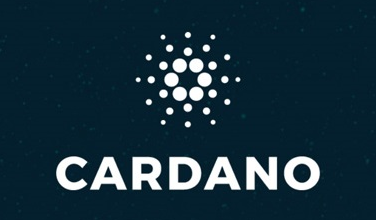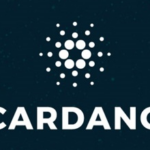Sonic Vs. Cardano: Exploring the Contrast

Navigating the world of cryptocurrencies can be overwhelming, especially when comparing projects like Sonic (S) and Cardano (ADA). Understanding the differences between these networks is crucial in determining which one aligns best with your trading strategy. Sonic operates as a comprehensive DeFi ecosystem, offering a multi-token environment and custom blockchain. In its first 10 days, Sonic reported over 10 million transactions, showcasing its popularity and efficiency.
One of Sonic’s main goals is to address the shortcomings of Ethereum. By providing high performance and lower fees, Sonic has attracted many users looking for scalability and advanced features. The network’s focus on performance and user experience continues to draw new users to explore its offerings. On the other hand, Cardano, launched in 2017, integrates scientific research methods into its development strategy. Referred to as the “smart blockchain,” Cardano differentiates itself by incorporating academic principles and strategies into its platform.
Co-founded by former Ethereum developers Jeremy Wood and Charles Hoskinson, Cardano aims to be a flexible and cost-effective alternative to meet the growing demand for DeFi services. ADA, Cardano’s cryptocurrency, has risen to prominence globally, further solidifying its position in the market. The network’s focus on security and interoperability with public and private blockchains sets it apart from other projects by reducing dapp creation costs and driving crypto adoption.
Sonic seeks to address various issues prevalent in the Ethereum ecosystem, offering developers a viable alternative that is EVM compatible. The network’s scalability and near-instant finality make it an attractive option for users looking for performance and efficiency. Sonic was designed to be easily integrated into web 3.0 applications, catering to diverse industries such as healthcare, education, and environmental sustainability.
Similarly, Cardano aims to revolutionize blockchain creation by leveraging centuries of scientific research methodology. The network’s development process prioritizes security and efficiency, offering advanced security protocols and interoperability. Cardano plans to implement the hydra scaling solution to improve performance and speed, aligning with the growing trend of off-chain solutions in the market.
When it comes to functionality, Sonic utilizes multiple layers and cryptocurrencies to enhance the DeFi user experience, offering features like sMint for asset creation, sTrades decentralized exchange, and sLend for lending opportunities. In contrast, Cardano operates through a decentralized autonomous organization (DAO) where ADA holders can participate in decision-making processes. The network’s Proof-of-Stake (PoS) consensus mechanism, Ouroboros, ensures decentralization and efficiency in transaction approval.
Both Sonic and Cardano are available for purchase on various exchanges, providing users with access to these innovative projects. Platforms like Uphold offer a range of cryptocurrencies for trading, allowing individuals to explore and invest in projects like Sonic and Cardano. By understanding the unique features and goals of each network, investors can make informed decisions based on their trading strategy and preferences.




